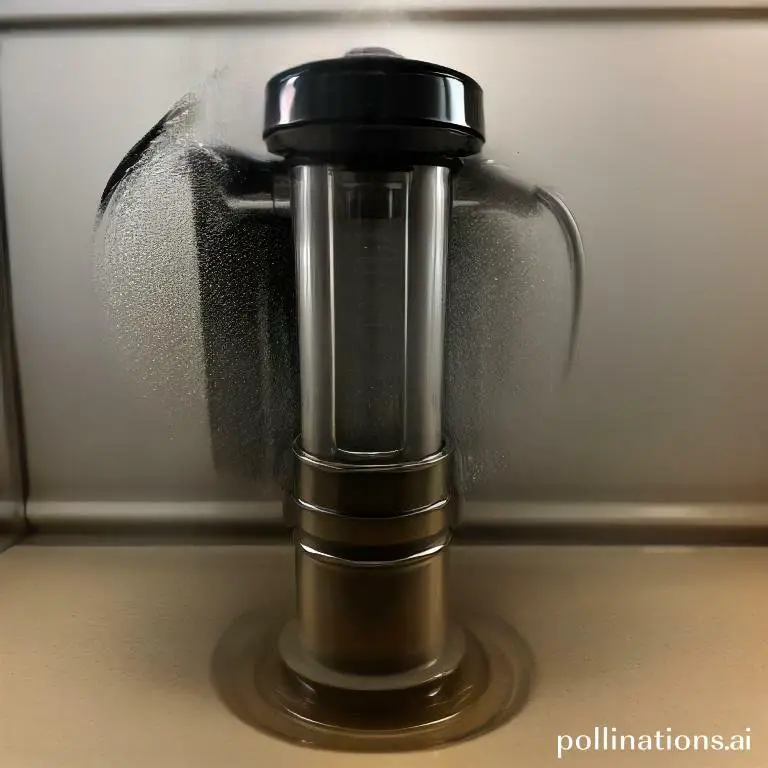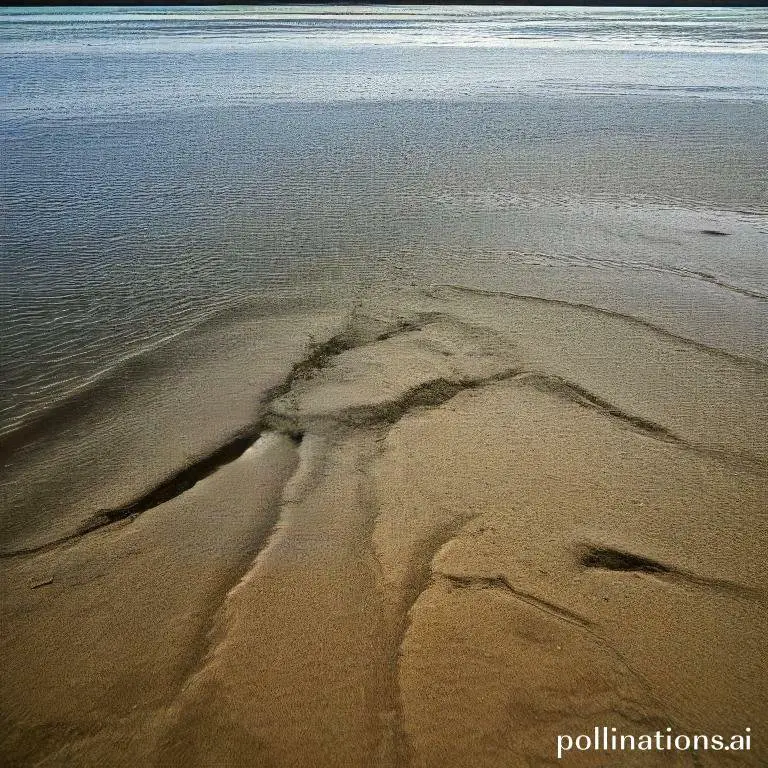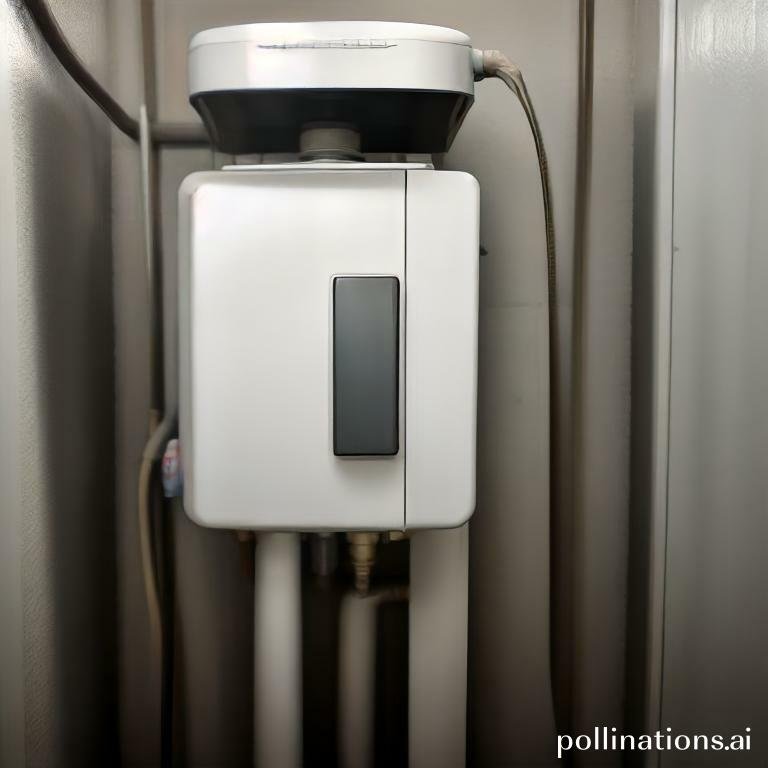
Sediment accumulation in water heaters can significantly impact their burner performance. Over time, minerals, debris, and sediment can build up in the tank, causing reduced heat transfer and efficiency.
This can lead to longer heating times, increased energy consumption, and even potential damage to the burner. Regular maintenance and flushing of the water heater can help prevent sediment buildup and ensure optimal performance and longevity.
By perceiving the impact of sediment on burner performance, homeowners can take proactive steps to maintain their water heaters and avoid costly repairs or replacements.
What is sediment buildup?
Sediment buildup refers to the accumulation of solid particles, such as minerals and debris, in your water heater tank. Over time, these particles settle at the bottom of the tank, forming a layer of sediment.
1. The causes of sediment buildup
There are several factors that contribute to sediment buildup in water heaters. One of the primary causes is the presence of hard water, which contains high levels of minerals like calcium and magnesium. As the water is heated, these minerals precipitate and settle as sediment.
Other causes include the absence of a water softener or filtration system, which can remove some of these minerals before they enter the water heater. Additionally, old or corroded pipes can introduce rust and debris into the water supply, increasing the likelihood of sediment buildup.
2. The effects of sediment buildup on water heaters
Sediment buildup can have several negative effects on the performance and efficiency of your water heater. First, it acts as an insulating layer, reducing the transfer of heat from the heating element to the water. This insulation effect forces the water heater to work harder and consume more energy to heat the water, resulting in higher energy bills.
Furthermore, sediment can cause the bottom of the tank to overheat, leading to the deterioration of the tank’s lining and potential leaks. It can also clog the drain valve or other components, impairing the proper functioning of the water heater.
3. How to identify sediment buildup in your water heater
There are a few signs that indicate the presence of sediment buildup in your water heater. One common indicator is a popping or rumbling noise coming from the tank when it is heating water. This noise is caused by the bubbles of trapped air trying to escape through the layer of sediment.
Another sign is reduced hot water supply or a decrease in water pressure. Sediment buildup can obstruct the water flow and reduce the efficiency of the water heater, resulting in less hot water reaching your faucets or showerheads.
To confirm the presence of sediment buildup, you can visually inspect the bottom of the tank through the drain valve. If you notice a layer of sediment or discolored water, it is likely that sediment has accumulated in your water heater.
| Causes of Sediment Buildup | Effects of Sediment Buildup | How to Identify Sediment Buildup |
|---|---|---|
| Hard water: High mineral content | Insulation: Reduced heat transfer | Popping or rumbling noise: Trapped air bubbles |
| Absence of filtration system: Debris and rust | Increased energy consumption: Higher bills | Reduced hot water supply: Decreased water pressure |
| Old or corroded pipes: Rust and debris | Overheating and leaks: Deterioration of tank lining | Visual inspection: Layer of sediment or discolored water |
Negative Effects of Sediment on Burner Performance
Sediment buildup in a water heater can have detrimental effects on burner performance, leading to various issues that can impact efficiency and increase energy bills. Cognizing these negative effects is crucial for maintaining the optimal functioning of your water heater.
1. Reduced Efficiency and Increased Energy Bills
When sediment accumulates in the water heater tank, it creates a barrier between the burner and the water. This insulation effect reduces the efficiency of heat transfer, causing the burner to work harder and consume more energy to heat the water. As a result, your energy bills can significantly increase over time.
2. Shortened Lifespan of the Water Heater
The presence of sediment in the water heater can also lead to a shortened lifespan of the appliance. The buildup of sediment not only affects the burner’s performance but also puts additional strain on other components, such as the tank and the heating elements. This increased strain can result in premature wear and tear, leading to the need for more frequent repairs or even a complete replacement of the water heater.
3. Increased Risk of Leaks and Water Damage
Sediment accumulation can create pressure points within the water heater tank, increasing the likelihood of leaks and potential water damage. Over time, the sediment can cause corrosion or weaken the tank walls, making them more susceptible to cracks or ruptures. If left unaddressed, these leaks can cause significant water damage to your property and require costly repairs.
Preventing sediment buildup
Sediment buildup in a water heater can cause numerous issues, including reduced efficiency and potential damage to the unit. To ensure your water heater operates smoothly and efficiently, it’s important to take preventative measures to prevent sediment buildup. Here are some effective strategies:
1. Flushing the water heater regularly
Regularly flushing your water heater is a crucial step in preventing sediment buildup. Over time, minerals and debris can accumulate at the bottom of the tank, leading to sediment buildup. Flushing the water heater involves draining the tank to remove any sediment or debris that has settled. This process helps maintain the efficiency and longevity of your water heater.
2. Installing a sediment filter
Another effective method to prevent sediment buildup is by installing a sediment filter. A sediment filter acts as a barrier, trapping and removing particles before they enter the water heater. This not only helps prevent sediment buildup but also improves the overall quality of the water by removing impurities.
3. Using a water softener
Hard water, which contains high levels of minerals like calcium and magnesium, can contribute to sediment buildup in your water heater. Using a water softener can help reduce these mineral deposits and prevent sediment from accumulating. A water softener works by exchanging calcium and magnesium ions with sodium ions, effectively softening the water and minimizing the formation of sediment.

How to Flush Your Water Heater
Flushing your water heater is an essential maintenance task that helps prolong its lifespan and ensures efficient performance. Follow these step-by-step instructions to effectively flush your water heater:
1. Prepare for the Flush
Before you begin, gather the necessary tools and materials. You will need a garden hose, a bucket, and safety gloves. Make sure to turn off the power supply to the water heater.
2. Drain the Tank
Attach one end of the garden hose to the drain valve located at the bottom of the water heater. Place the other end of the hose in a suitable drainage area or bucket. Open the drain valve and allow the water to flow out.
2.1. Flush the Sediment
As the water drains, sediment may come out. This is normal and indicates the need for flushing. Flushing the sediment helps improve the heater’s efficiency. Allow the water to continue draining until it runs clear.
3. Refill the Tank
Once the tank is empty, close the drain valve and remove the hose. Turn on a hot water faucet in your home to let air into the system. This will help the tank refill smoothly.
3.1. Check for Leaks
Inspect the area around the drain valve and connections for any leaks. If you notice any leaks, tighten the connections or replace faulty parts.
4. Restore Power
Once the tank is full, turn on the power supply to the water heater. Allow the water heater to heat the water to the desired temperature before using hot water in your home.
Regularly flushing your water heater helps remove sediment build-up, improves energy efficiency, and extends the lifespan of the appliance. Refer to the manufacturer’s instructions for specific guidelines and recommendations.
| Benefits of Flushing Your Water Heater |
|---|
| – Removes sediment build-up |
| – Improves energy efficiency |
| – Prolongs the lifespan of the water heater |

Installing a sediment filter or water softener
Types of sediment filters and water softeners available
Touching on choosing a sediment filter or water softener for your home, there are various options available to suit your specific needs. Some of the common types include:
- Cartridge Filters: These filters use replaceable cartridges to trap sediment and impurities from the water.
- Sand Filters: Sand filters use a bed of specially graded sand to remove impurities from the water.
- Magnetic Water Softeners: These softeners use magnets to alter the structure of the water molecules, reducing hardness.
Installation process and cost
The installation process for sediment filters and water softeners can vary depending on the type and model you choose. It is recommended to hire a professional plumber to ensure proper installation and functionality. The cost of installation can also vary depending on factors such as the complexity of the installation and any additional plumbing requirements.
Benefits of using a sediment filter or water softener
Using a sediment filter or water softener can provide several benefits for your home and health:
- Improved Water Quality: These devices effectively remove sediment, impurities, and minerals from the water, resulting in cleaner and healthier water for drinking, bathing, and cooking.
- Extended Appliance Lifespan: Sediment filters and water softeners help prevent the buildup of scale and sediment in appliances such as water heaters and dishwashers, prolonging their lifespan and reducing maintenance costs.
- Soft and Silky Skin and Hair: Water softeners remove hardness-causing minerals, leaving your skin and hair feeling soft and smooth.
Investing in a sediment filter or water softener can greatly improve the quality of your water and provide long-term benefits for you and your household. Consult with a professional to determine the best option for your specific needs and enjoy the advantages of clean and purified water.
Bottom Line
In terms of water heater maintenance, sediment buildup is a common issue that can negatively impact burner performance. Over time, sediment can accumulate in the bottom of the tank, reducing the amount of available hot water and causing the burner to work harder than necessary. This can lead to higher energy bills and a shorter lifespan for your water heater. To prevent sediment buildup, it’s important to flush your water heater regularly and consider installing a sediment filter. By taking these steps, you can ensure that your water heater operates efficiently and reliably for years to come.
Overall, sediment buildup is a problem that should not be ignored. By staying on top of maintenance and taking preventative measures, you can avoid costly repairs and replacements down the line. So, if you notice any signs of sediment buildup in your water heater, be sure to take action right away to keep your system running smoothly.
Read More:
1. Sediment Removal Frequency For Vacation Homes
2. Sediment Impact On Tankless Water Heater Descaling










